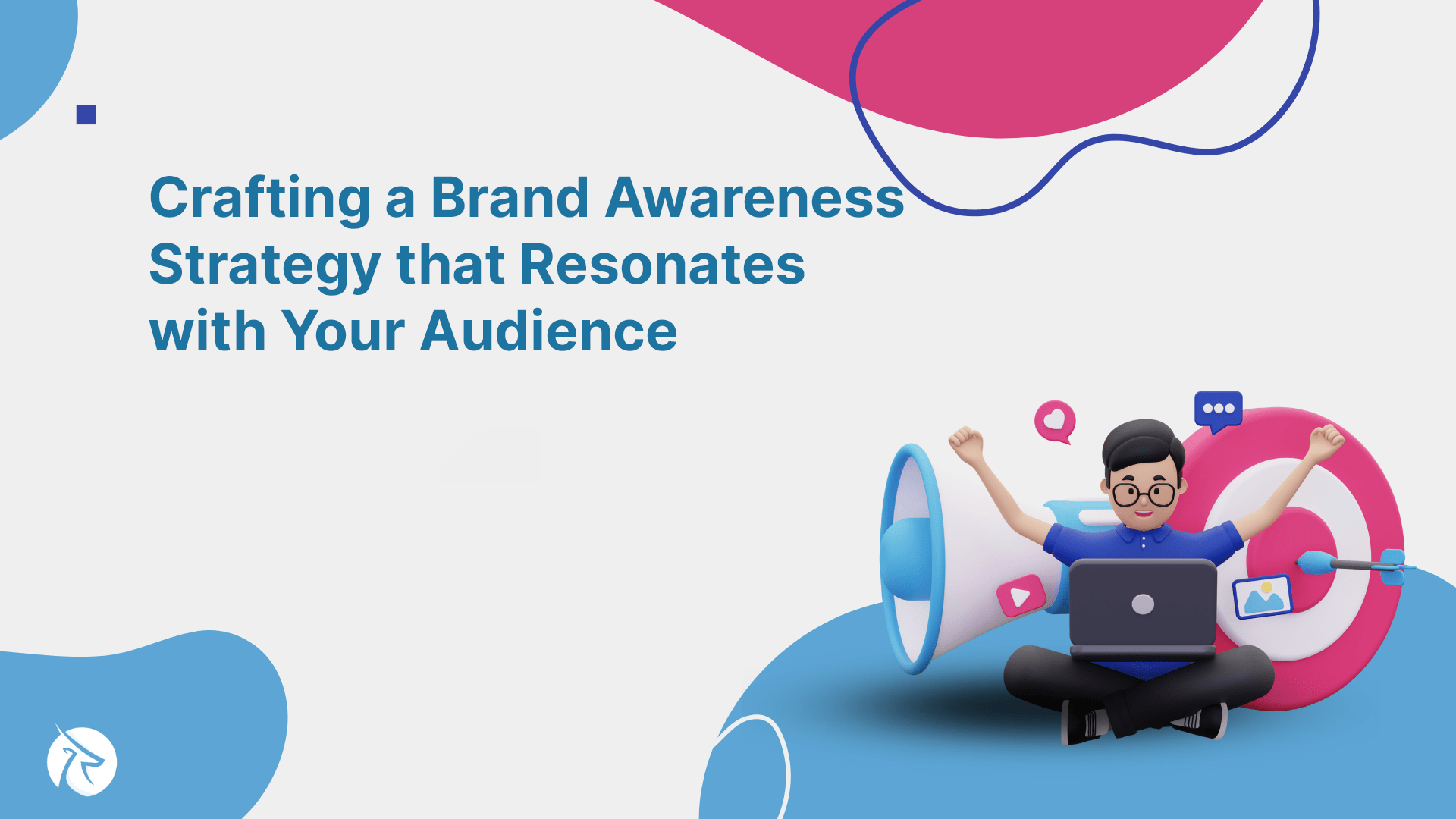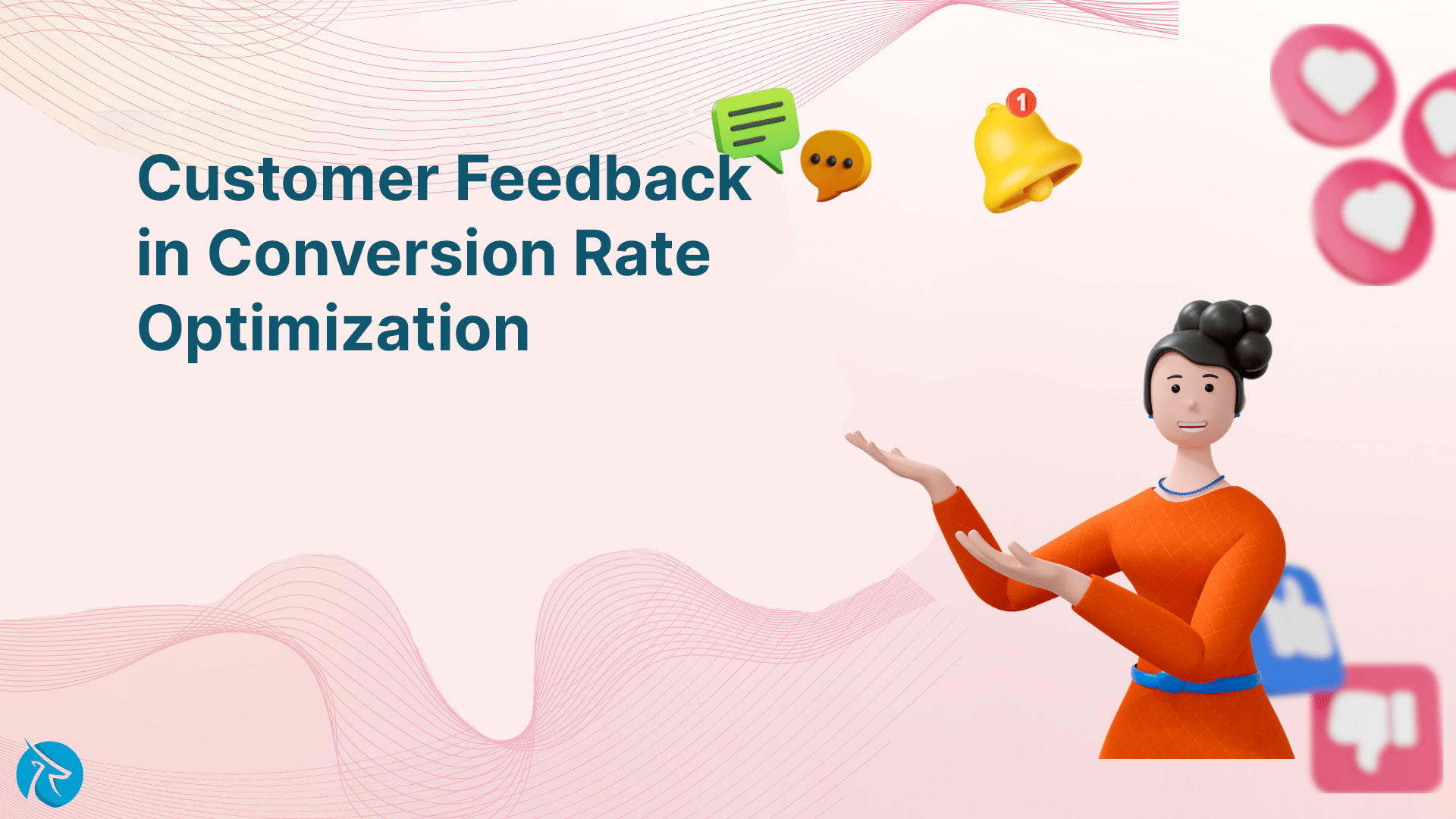The significance of e-commerce and its future
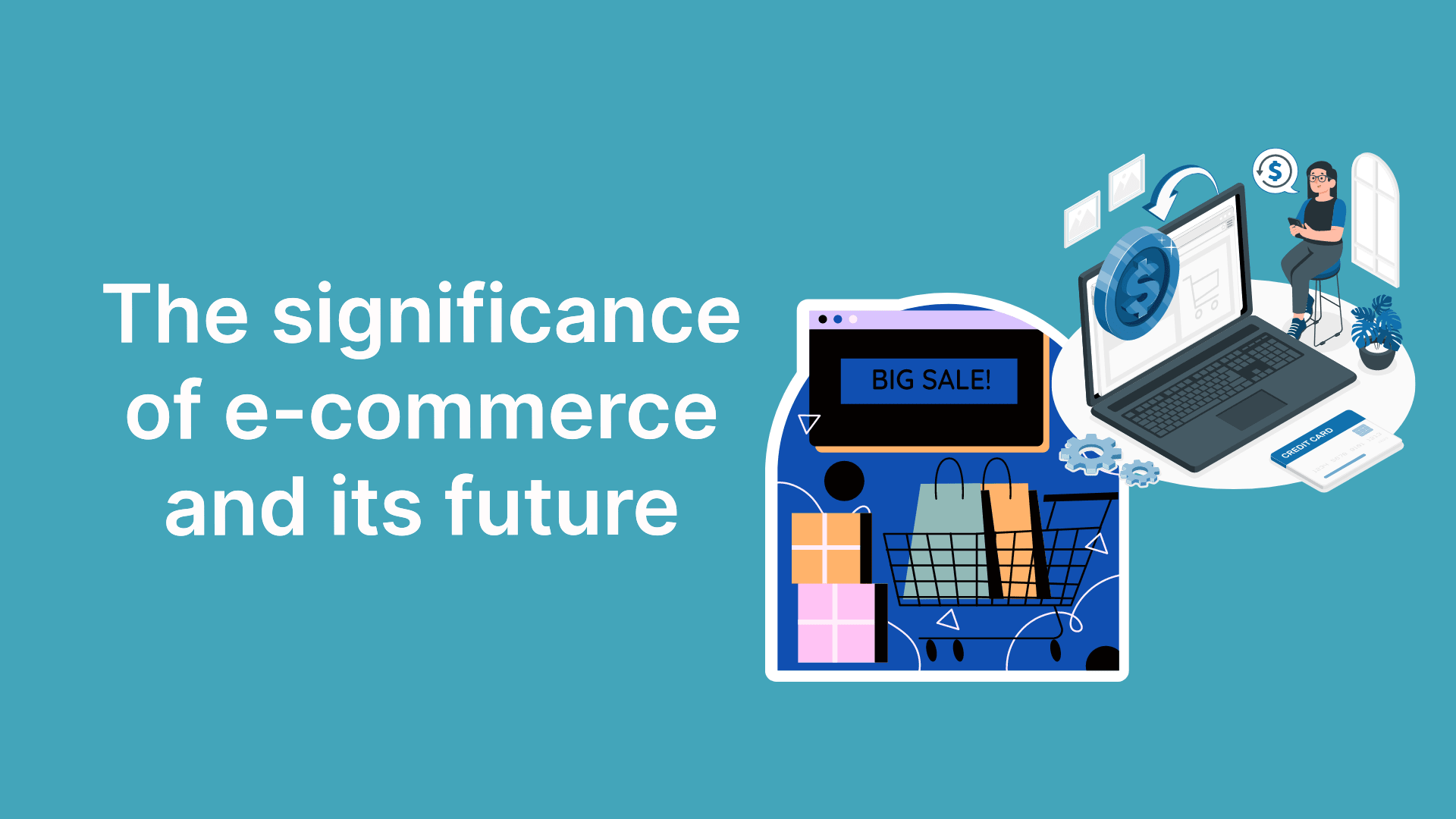
Can you believe that e-commerce was first brought to the globe 40 years ago? It has since grown quickly to become what we now recognize as eCommerce. Many individuals now shop online regularly, and some even prefer it to traditional brick-and-mortar stores. Due to the fact that starting an online store and operating an e-commerce business is now simpler than ever, modern e-commerce has opened many avenues for business owners. Year after year, e-commerce revenue totals have reached records; the industry's future is promising and dynamic.
Visit the below article to take a look at the definition of e-commerce and for a detailed analysis of its effects and potential future.
What is e-commerce?
E-commerce is the buying and selling of goods and services over the internet. E-commerce activities, such as paying bills online or making purchases from internet sellers, are commonplace for many Americans. E-commerce can take many different forms and include a variety of transactions.
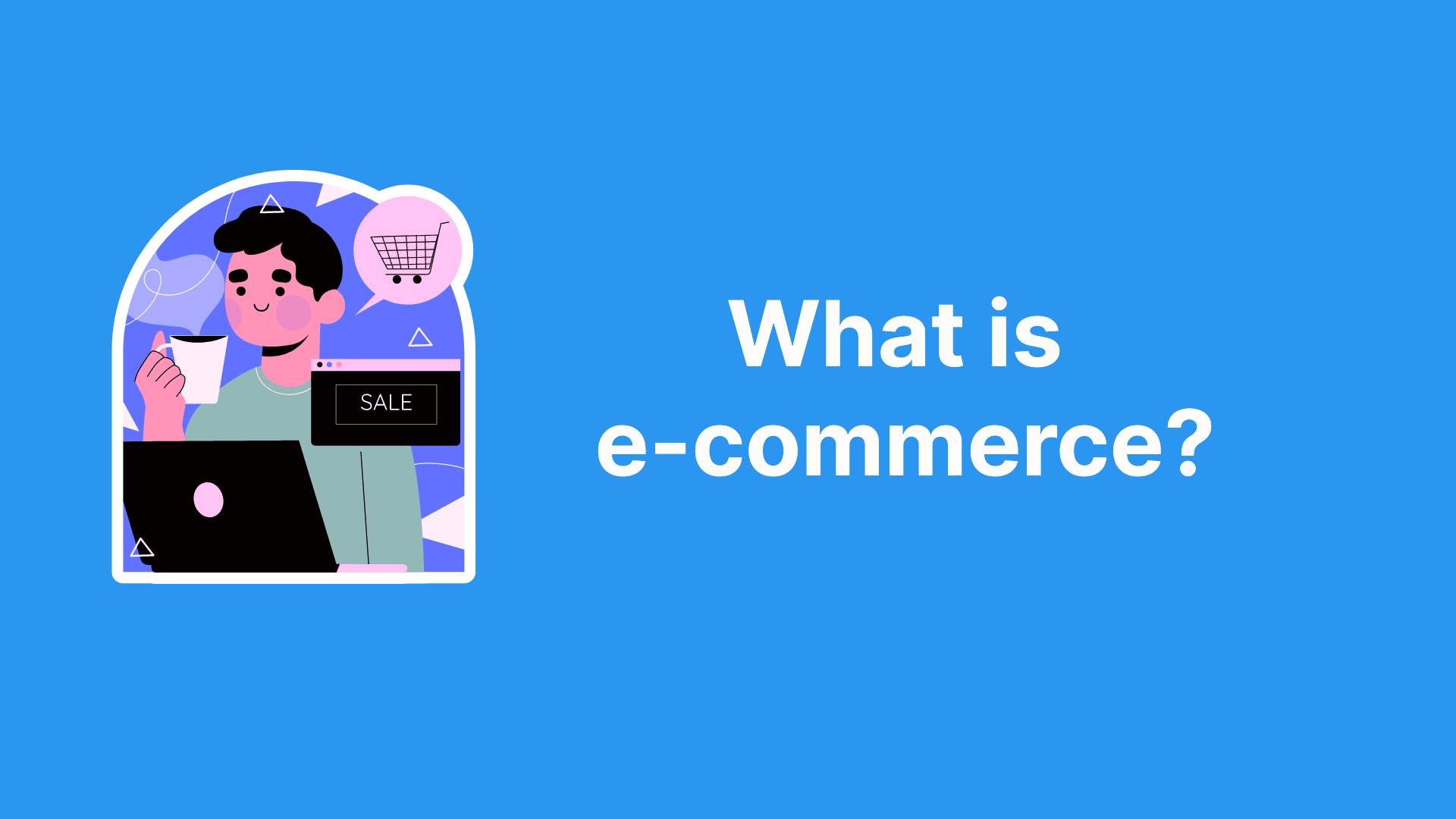
The majority of businesses with an online presence use an online store and/or platform to manage logistics and fulfillment, undertake e-commerce marketing and sales operations, and more.
In 2022, worldwide retail ecommerce sales will reach $5 trillion for the first time, making up more than a quarter of all retail sales, predicts eMarketer. And despite slowing growth, overall spending will surpass $7 trillion by 2025.
E-commerce growth
The emergence of pioneering technologies like Electronic Data Interchange (EDI) and teleshopping in the 1970s laid the groundwork for the contemporary ecommerce business as we know it today, marking the beginning of ecommerce more than 40 years ago.
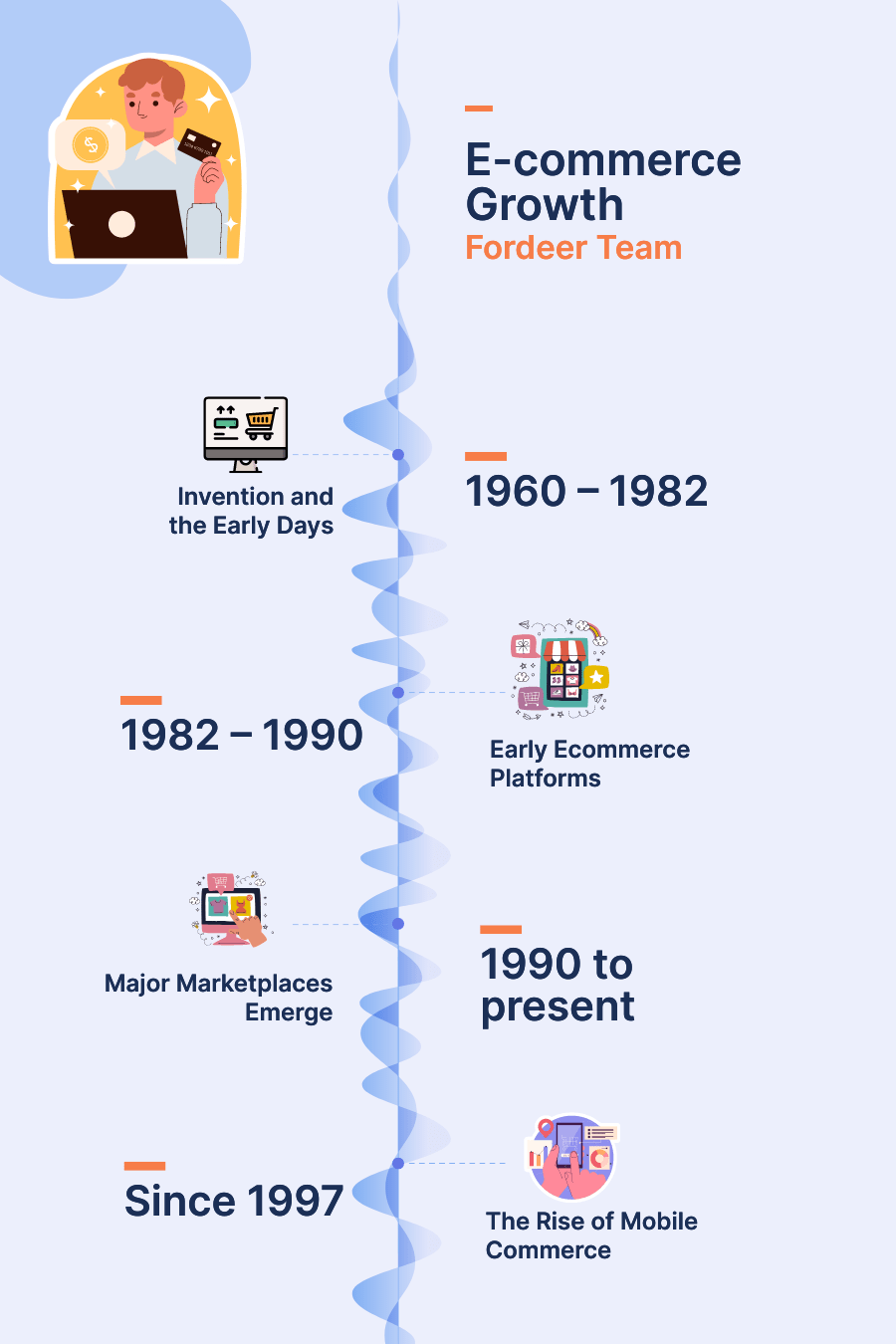
The history of the internet and e-commerce are connected deeply. When the internet was made accessible to the general public in 1991, online purchasing was made possible. Many companies have since started selling goods online, including Amazon, one of the first ecommerce sites in the US.
Since the advent of online buying, the ease, security, and delightful user experience of ecommerce have all significantly increased.
1960 – 1982: Invention and the Early Days
The development of the Electronic Data Interchange (EDI) in the 1960s paved the way for electronic commerce. EDI replaced traditional mailing and faxing of documents by allowing a digital transfer of data from one computer to another. Michael Aldrich's invention, the idea for which was sparked by a conversation with his wife about their weekly supermarket shopping expedition, can be seen as the precursor to online shopping.
1982 – 1990: Early Ecommerce Platforms
In 1982, France launched Minitel, an online service that used a Videotex terminal machine accessed through telephone lines. B2C would not be successful until the later widespread use of PCs and the World Wide Web. It was apparent from the beginning that these early advancements would make B2B online shopping commercially lucrative.
Tim Berners-Lee and Robert Cailliau invented the World Wide Web on August 6, 1991. That same year, he created the first web server and wrote his first web browser. In 1991, the National Science Foundation lifted its restrictions on commercial use of the Internet. SSL encryption protocol is a vital part of web security today.
Major Marketplaces Emerge: Amazon, eBay, and Ecommerce Platforms
In the mid-90s, there were major advancements in the commercial use of the Internet. One of the first ecommerce sites was Amazon, which started in 1995 as an online bookstore. By 2019 saw gross merchandise sales total $4.97 billion globally. Other ecommerce marketplace success stories include eBay, Etsy and Miva.
The Rise of Mobile Commerce
Mobile commerce was first born in 1997, when two mobile device-enabled Coca-Cola vending were installed in Finland. Now, mobile sales are projected to reach 54 percent of all ecommerce sales by 2021. Business buyers are expecting more consumer-focused features like personalization and responsive design.
Advantages of e-commerce
E-commerce offers a variety of benefits, from quicker purchasing to the capacity to reach sizable audiences round-the-clock.
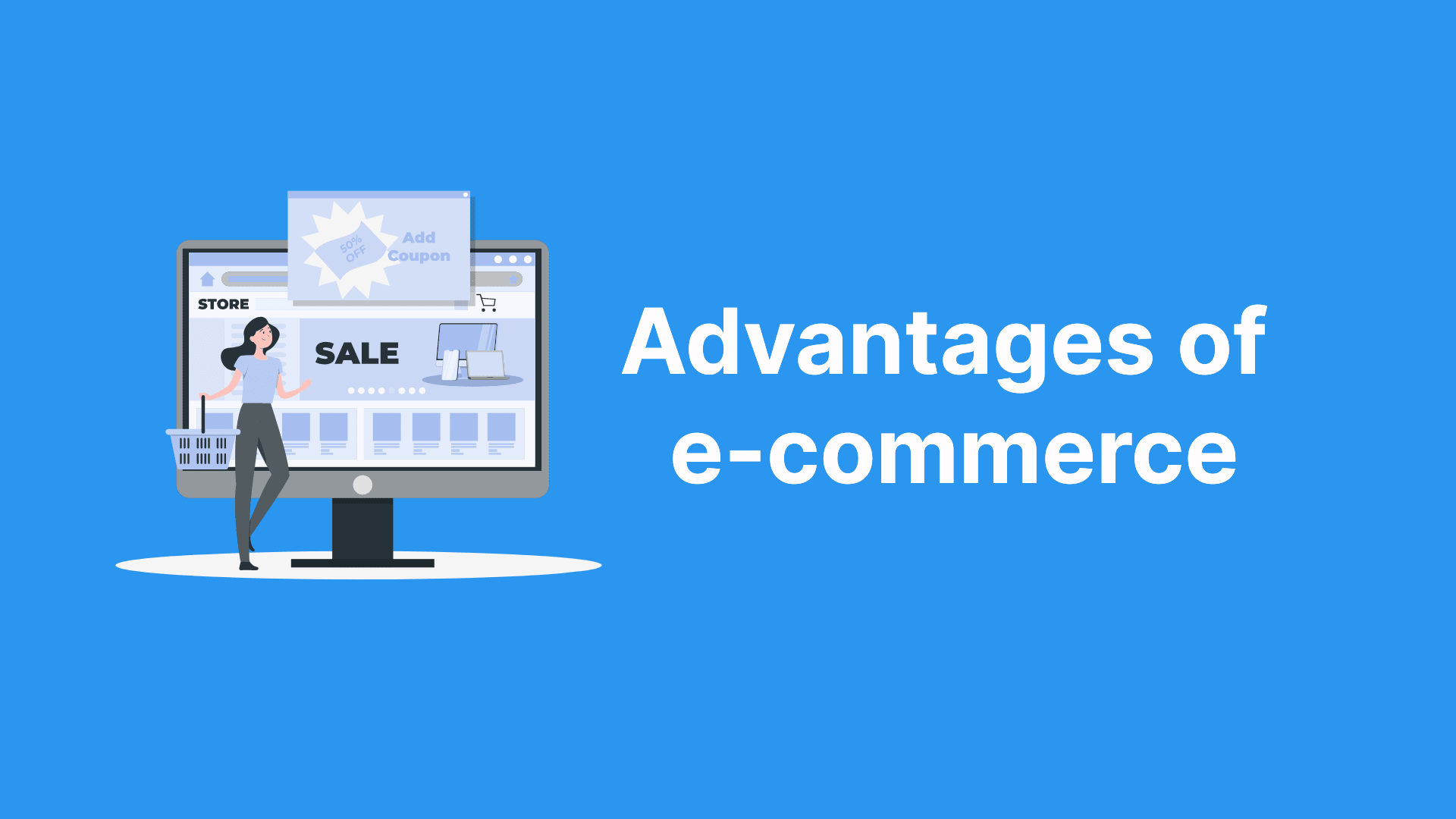
Let's explore some of the top benefits that e-commerce has to offer in more detail.
Faster consumer purchasing
E-commerce enables people to shop whenever and from anywhere.
This implies that customers can acquire the goods they want and need more quickly because they are not limited by the business hours of a conventional brick-and-mortar store.
Additionally, with shipping enhancements that enable customers to receive their orders quickly, even the delay associated with order fulfillment can be short (think Amazon Prime Now, for example).
Easier to reach new customers
E-commerce also helps businesses reach out to new, international customers. An online store is open and accessible to any and all customers that visit it online; it isn't restricted to a certain place.
Brands have the opportunity to interact with sizable target audiences who are in a ready-to-buy mindset thanks to the additional advantages of social media advertising, email marketing, and SEO (search engine optimization).
Lower operating expenses
E-commerce businesses can open stores with low startup costs because they don't need a physical storefront (or staff to man it). Additionally, dropshipping entrepreneurs might reduce their initial outlay of capital.
Brands may simply scale up their operations as sales rise without having to make significant real estate expenditures or hire a sizable personnel, which results in higher margins overall.
Personalized experiences
You may provide your ecommerce customer base with highly individualized online experiences with the aid of automation and extensive consumer profiles.
For instance, displaying pertinent products based on previous purchase behavior might increase average order value (AOV) and give them the impression that you genuinely get their particular demands.
Availability of new technologies
Your options for innovation may be constrained if you just have a physical store. Your company will get access to the newest technologies to help automate business operations as the ecommerce ecosystem develops and gets better.
With a wide range of apps and integrations at your disposal, you can enhance processes, more effectively carry out your marketing plan, and enhance the entire shopping experience.
Future of e-commerce
E-commerce has come a long way since Aldrich's invention of the first point-of-sale machine, but it is likely only the start of a whole new world of interconnectedness and worldwide trade. Nearly all physical stores require an online presence or they may struggle to remain open.
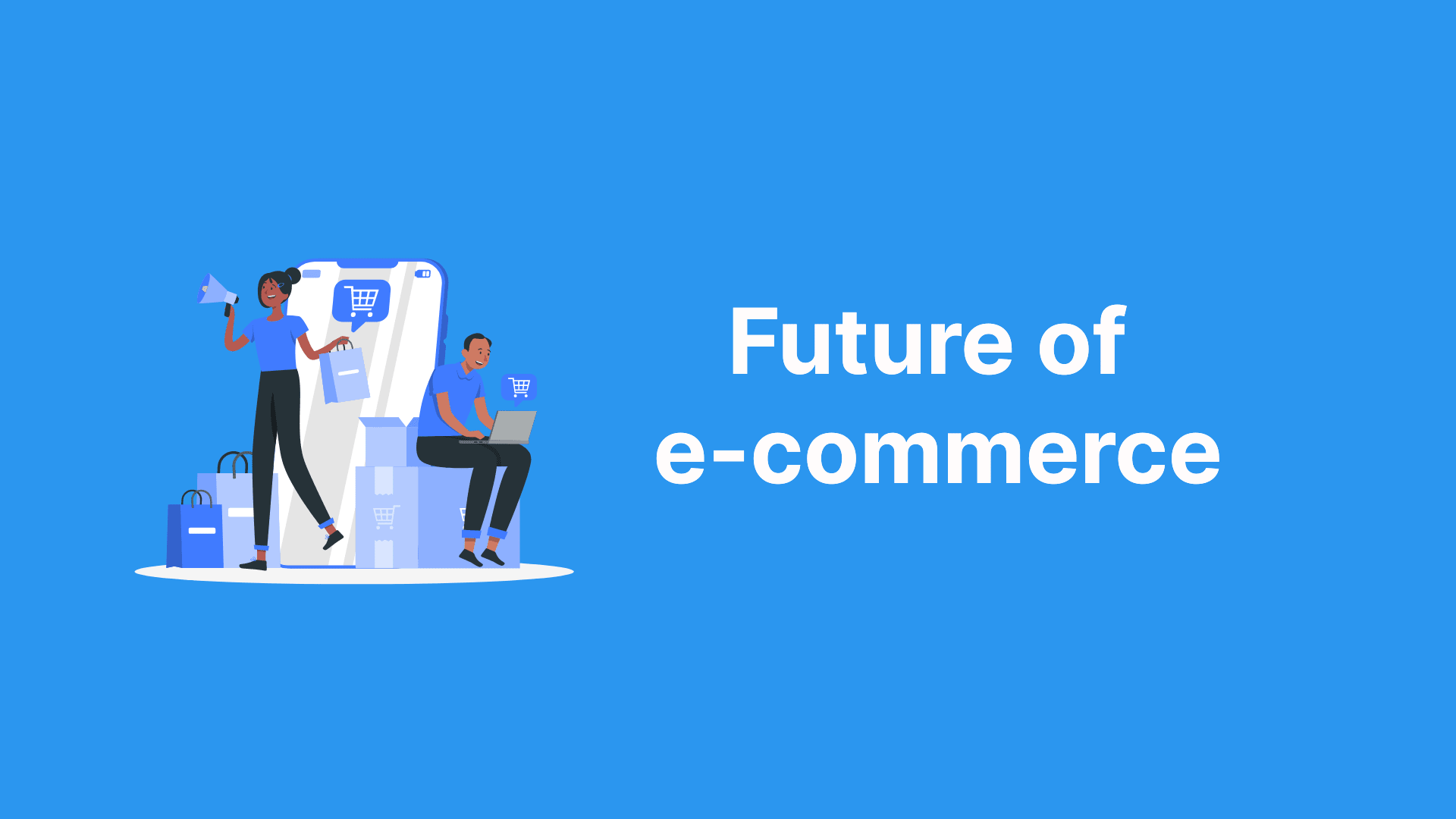
Setting up an online storefront is already very simple, but the future of ecommerce will offer new technology that will make owning an online business even simpler. A lot of e-commerce procedures are now becoming automatic, and artificial intelligence is beginning to have an impact on ecommerce companies.
Growth of online sales
Online retail sales continue to rise, and it doesn't seem that they are going to slow down anytime soon. It is estimated that in 2025 that ecommerce will see $563 billion in revenue just in the United States. Many other countries are starting to adopt online shopping.
Artificial intelligence (AI)
AI allows companies to make their customers' online shopping experience more personalized. With AI online stores can recommend products as customers shop, it will notice if a customer looks at a certain item for a long time and send them a notification later on if that particular item goes on sale. This allows ecommerce stores to achieve a higher conversion rate.
Mobile shopping
The younger generations rely heavily on their mobile devices for everything so naturally mobile sales are steadily increasing. Online shoppers are using mobile devices to do product research, this is increasing through the use of social media. As a result, every ecommerce platform in the online market is becoming more mobile-friendly to help increase online purchases.
Voice commerce
Voice commerce will be the new way to grow your ecommerce business. With more people utilizing voice commerce, those selling online will need to predict the natural language people will use with their smart home devices. In the future, someone could make a purchase by simply saying "Hey Google, put cat litter in my shopping cart".
In conclusion, understanding the evolution of ecommerce will help you foresee future trends and comprehend all of its marketplaces. New ecommerce employment and the opportunity to utilize new technology are made possible by the always changing trends. To fully benefit, it's crucial to stay on top of trends, but before incorporating new technologies, be sure you understand the fundamentals.







